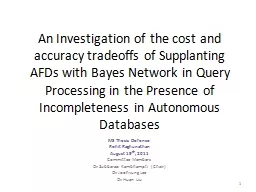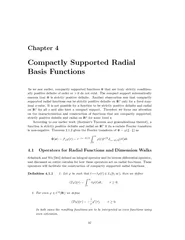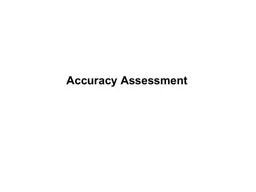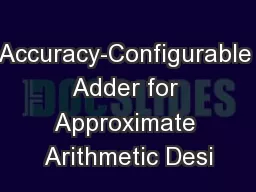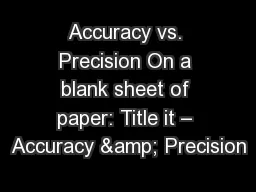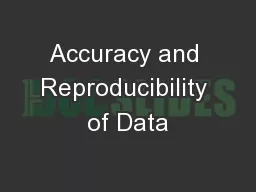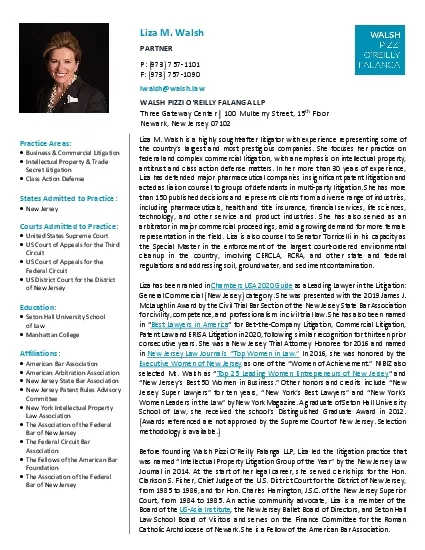PPT-An Investigation of the cost and accuracy tradeoffs of Supp
Author : pamella-moone | Published Date : 2017-10-31
MS Thesis Defense Rohit Raghunathan August 19 th 2011 Committee Members Dr Subbarao Kambhampti Chair Dr Joohyung Lee Dr Huan Liu 1 Overview of the talk Introduction
Presentation Embed Code
Download Presentation
Download Presentation The PPT/PDF document "An Investigation of the cost and accurac..." is the property of its rightful owner. Permission is granted to download and print the materials on this website for personal, non-commercial use only, and to display it on your personal computer provided you do not modify the materials and that you retain all copyright notices contained in the materials. By downloading content from our website, you accept the terms of this agreement.
An Investigation of the cost and accuracy tradeoffs of Supp: Transcript
Download Rules Of Document
"An Investigation of the cost and accuracy tradeoffs of Supp"The content belongs to its owner. You may download and print it for personal use, without modification, and keep all copyright notices. By downloading, you agree to these terms.
Related Documents

